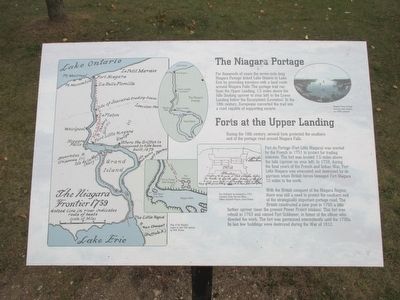Welcome to the Sherborn Center Historic District, a charming area rich with history and stories. Nestled in the heart of Massachusetts, Sherborn was officially incorporated in 1674. The town’s early years were shaped by agriculture, with settlers drawn to its fertile lands and abundant resources. As you explore the district, picture the early colonists who worked tirelessly to cultivate the land.
One of the most significant historical events that touched the lives of Sherborn’s residents was the American Revolution. Many locals joined the cause, and some even fought in pivotal battles. The spirit of independence and resilience that characterized this era still echoes in the district’s historic buildings and streets.
Among the notable figures associated with Sherborn is Benjamin Bullard, one of the town’s early settlers. His legacy lives on through the Bullard Memorial Farm, a testament to the area’s agricultural roots. Additionally, the renowned poet Henry David Thoreau visited Sherborn, drawing inspiration from its natural beauty for his writings on nature and simplicity.
Over the centuries, Sherborn Center has evolved, maintaining its quaint New England charm while adapting to modern times. The district’s historic buildings, such as the Sherborn Library and the Pilgrim Church, stand as reminders of the town’s enduring heritage.
In a broader historical context, Sherborn Center played a role in the development of the Massachusetts Bay Colony and contributed to the agricultural and cultural tapestry of the region. Today, it serves as a living museum, offering a glimpse into the past for visitors eager to learn about the area’s rich history.


